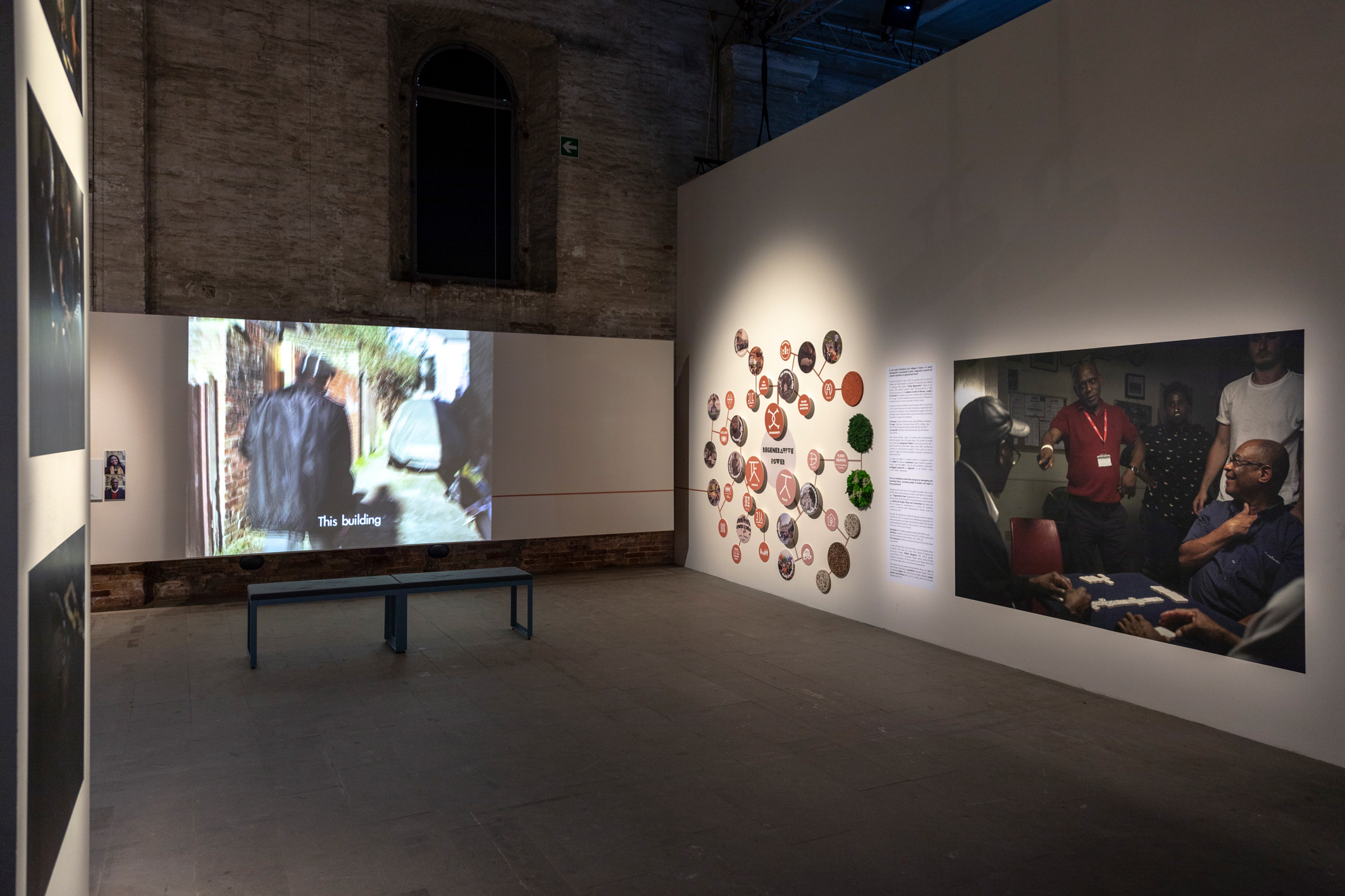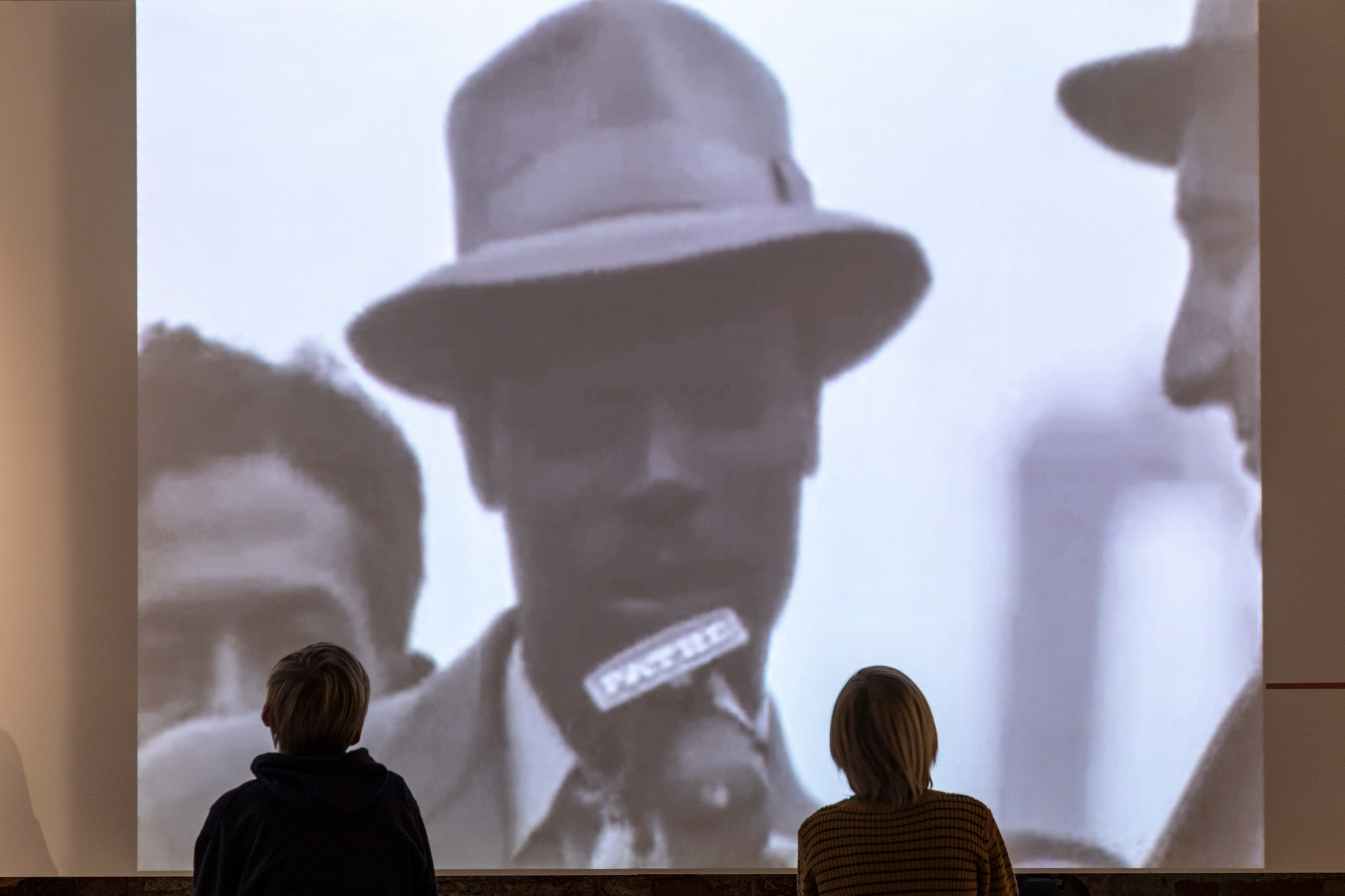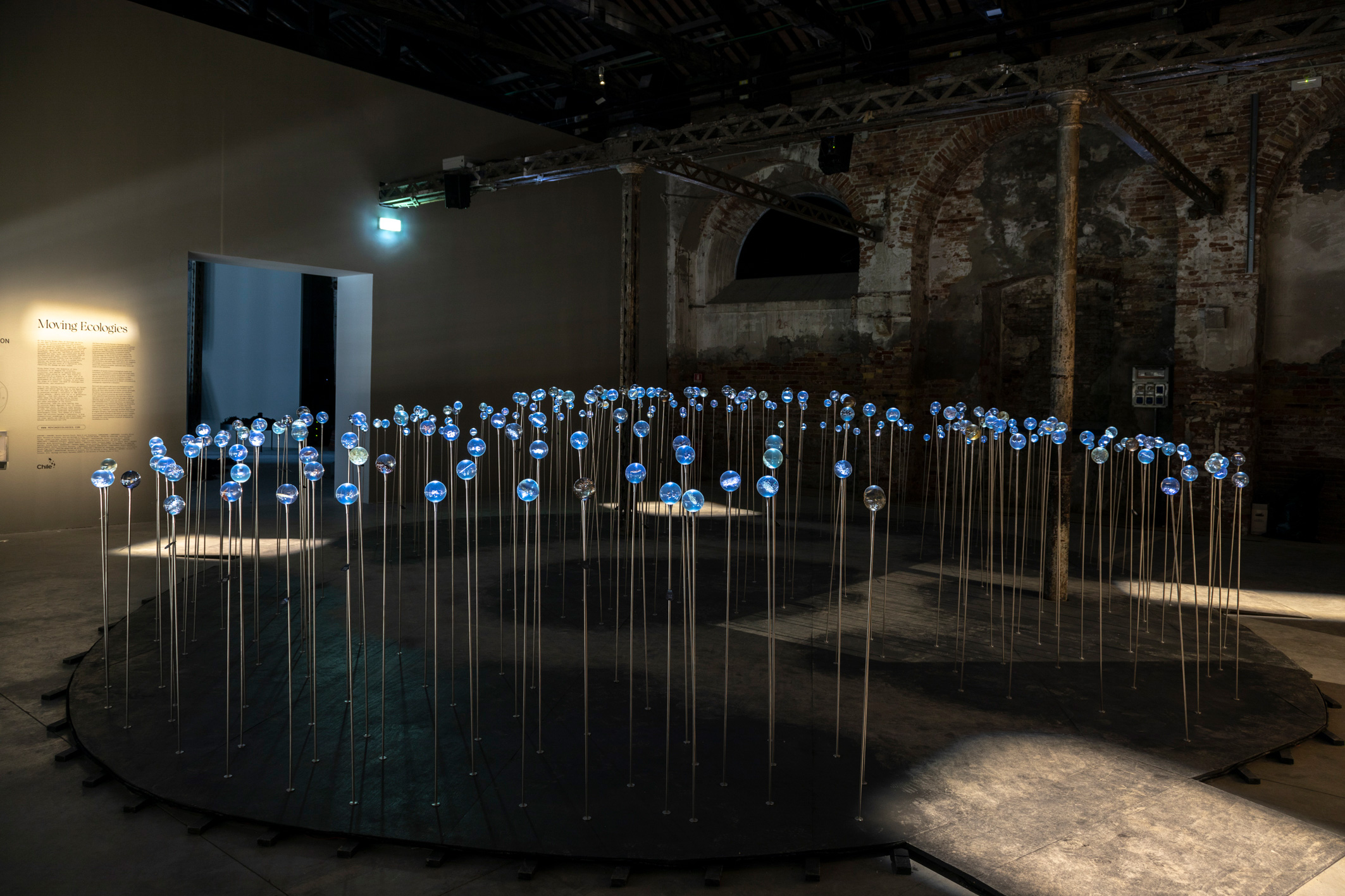Search for articles, topics or more
browse by topics

Search for articles, topics or more

This year’s Venice biennale – titled The Laboratory of the Future – marks a fundamental shift in what is celebrated in architecture, setting a new agenda for the profession at large. Lesley Lokko’s curation of the biennale's central Arsenale has brought to the fore previously underrepresented facets of the profession, making space for younger participants (resulting in an average age of 43); greater representation from Africa and its diaspora, with these practitioners constituting over half of the biennale’s participants; and more women than in former years.
 Lesley Lokko_Photo Jacopo Salvi_Courtesy of La Biennale di Venezia
Lesley Lokko_Photo Jacopo Salvi_Courtesy of La Biennale di Venezia
Turning the spotlight from the usual white, male starchitects, Lokko has instead invited “Guests from the Future” to exhibit their contemporary work, providing a valuable springboard for early career practitioners. It is a move that has brought novel modes of representation and current themes of research to the Biennale. No longer is the Arsenale a gauntlet of shiny scale models – in its place is an expanded field of practice encompassing art, performance, tectonics, textile, and film, all underpinned by rigorous research that seeks to undermine the existing colonial, capitalist, and patriarchal hegemony of the profession. The Biennale is all the more stimulating as a result.

By opening up discourse to include an expanded view of architectural practice, we are presented with a more inclusive survey of the different forms of work being undertaken in the field, highlighting the different forms of agency available to architectural practitioners to challenge traditional modes of practice. Tara and Lanre Gbolade’s work to refurbish a Caribbean community dominos club in Brixton, South London, is one such example, in which their Gbolade Design Studio has adopted principles of co-design, privileging listening over saying, and used their power as architects to leverage agency for the club's users.
Showcasing this project in the Biennale – an overlooked typology for an underrepresented demographic – calls attention to the enormous web of values that have previously been excluded from the Biennale, and which has left the profession poorer as a result. The Gbolades’ aim is not to emulate the end product, and to revere the resulting proposed scheme, but to instead change the ways in which we might work in developing other projects, which are more open, pluralistic, nurturing, and permeable. It’s about practice, not product.
 18th International Architecture Exhibition – La Biennale di Venezia, The laboratory of the Future | PH: Marco Zorzanello | Courtesy: La Biennale di Venezia
18th International Architecture Exhibition – La Biennale di Venezia, The laboratory of the Future | PH: Marco Zorzanello | Courtesy: La Biennale di Venezia
Elsewhere, we are reminded of the value of turning the tools of the profession to ends other than building, embracing architecture’s role in revealing that which has been deliberately hidden, overlooked, or obscured. Combining 3D modelling, building regulation documentation, mapping techniques, and site analysis, Alison Killing’s Killing Architects have presented the process through which they uncovered harrowing stories that otherwise could not be told – or substantiated – regarding Chinese internment camps for Muslims in Xinjiang. Architectural understanding is essential to such investigations – in comparison to such matters of life and death, more traditional application of these architectural tools seems almost whimsical.






Killing Architects
Investigating Xinjiang’s Network of Detention Camps
18th International Architecture Exhibition – La Biennale di Venezia, The laboratory of the Future | PH: Marco Zorzanello | Courtesy: La Biennale di Venezia
The Biennale is also imbued with a range of non-human narratives, which ask us to more deeply consider the role of the greater ecosystems that we inhabit, such as in Camila Marambio’s curation of the Chilean pavilion where a glistening field of orbs filled with insects and biomaterials focuses on the ecological – rather than social, economic, spatial or material – reparation and restoration of cities and landscapes as an essential action for a sustainable future. Thandi Loewenson’s multimedia documentation of the interdependence of architecture with African land ownership, extraction, and ecology titled The Uhuru Catalogues heightens awareness of the many entanglements that the profession has historically been wilfully blinkered to.

 18th International Architecture Exhibition – La Biennale di Venezia, The laboratory of the Future | PH: Marco Zorzanello | Courtesy: La Biennale di Venezia
18th International Architecture Exhibition – La Biennale di Venezia, The laboratory of the Future | PH: Marco Zorzanello | Courtesy: La Biennale di Venezia
Working between film and intricately carved graphite panels, we are confronted with the inescapable consequences of the materials we use, and the structures these perpetuate, holding architectural practice to account for its inherent and ongoing colonialism. Similarly, an installation by the Office for Political Innovation traces how a predilection for “shininess” for the self-cleaning facades of New York’s Hudson Yards has had a catastrophic societal impact upon the communities around the Xholobeni titanium mine in South Africa, forcing us to acknowledge the destructive impacts that the old ways of working, which have previously been celebrated in the Biennale, have upon the Global South.
Acknowledging these different perspectives upon architecture only serves to open up the profession and make it richer. The Laboratory of the Future provokes us to consider the longer term impact of architectural projects, extending our networks of care beyond their immediate context, and to later generations,` requiring us to use our creativity to overcome the challenges we must now face. Through the Biennale’s demonstration of other ways of working as architects, we’re invited to reach beyond the hinderances and limitations of traditional practice, and instead contemplate what we can learn in order to construct a more equitable future for the profession.




CHILEAN Pavilion
18th International Architecture Exhibition – La Biennale di Venezia, The laboratory of the Future | PH: Marco Zorzanello | Courtesy: La Biennale di Venezia
To celebrate 90 years of Molteni&C, Rizzoli New York has published Molteni Mondo – An Italian Design Story, a book that is on sale worldwide from September 2024.
The mural is an art form that engages directly with space.
The world's largest collection in Milan
Thanks for your registration.